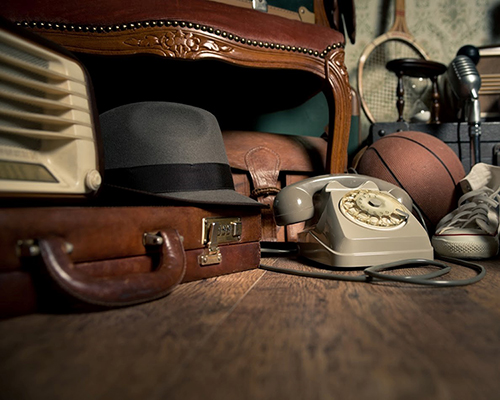5 Steps to Avoid Creating a Giant Mystery Box When You Fill Your Storage Unit
Whether you’re storing your stuff for a little while or a long time, the chances are that you’ll inevitably need to access something that’s buried inside your storage unit. If you’ve just thrown everything in unlabeled boxes and stuffed them inside your unit, getting what you need may be a nightmare.
But there’s a better way. By giving thought to how you organize your storage unit, you can create a space that’s not only functional but also efficient and enjoyable to use. How? Here’s a handy five-step guide to getting your organization right the first time.
Write a Plan
Many people have a rough idea of how they want to organize their storage space when they begin, but that idea can quickly disappear when the moving process starts. The solution to this problem is to take the time to agree on a written plan well before move-in day.
The best way to plan is to combine a written set of ideas with a map that’s actually drawn on a piece of paper. Measure your largest items, such as sofas, dressers, beds and large boxes so you can use the measurements to plan where to put smaller items. Once you’ve settled on a certain size of unit, create a sketch to scale (such as 1/2 inch equaling 1 foot) and start planning your usage.
Use Consistent Sizes
The more consistent your packing materials, the easier it will be to stack them and plan where to place things. Try to limit yourself to about three different box sizes for easy stacking. And you may want to use these boxes to pack oddly shaped or bulky items to keep things in place better.
Plan Your Access
As you fill boxes or plan your storage layout, think about which items you are most likely to need access to. These things should be grouped near the front or near a traffic path. Common items that you may want to keep accessible include seasonal clothing, holiday decorations, sports equipment, business documents or items of value.
If you think you may need to access many things, try using a grouping system to store your possessions. Group related items—such as hobby materials or kids’ mementos–together so you can find them all more easily.
Leave Traffic Space
As you decide on a storage unit size , opt for something a little larger than you think you’ll need. This allows you to leave enough space to move comfortably around the unit to find things. At the very least, leave two or three feet in the center all the way to the back of the unit. If you think you’ll need to get to things regularly, you may also want to create a foot path along all the unit’s walls and possibly another row or two leading out from the center.
Leaving plenty of room to move also gives you space to add items later, to prevent mold and pests from taking root in hidden spots, and to add organizational tools like shelving if necessary.
Label Well
Decide on a labeling system before you fill any boxes. The system can be anything you want, but it should be consistent for all items going into the unit. Many people like to use colors to separate categories (such as items for different rooms or different purposes) or a numbering system. Whatever categorizing method you use, label boxes on at least two or three sides as you fill them. Try to be somewhat detailed, listing major objects or a category of things inside each box.
Finally, create a map and an inventory list as you fill the unit. This master list and map should be hung or taped on the wall near the door or kept in your wallet so you actually know where everything is before you start searching.
By following this general outline, you can create a storage space that will be sufficient, easy to use, and even a pleasure to get into.

